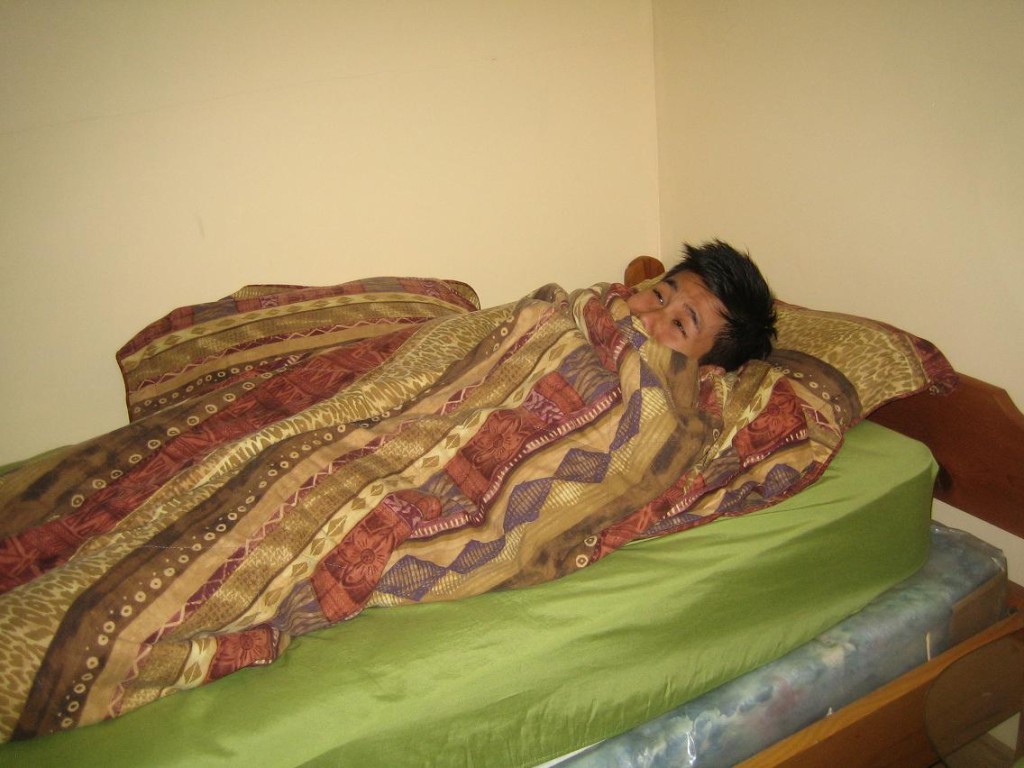Being exposed to temperatures below 32 degrees F can result to finger frostbite. Take note that the fingers are the usual site for frostbite since the blood vessels farthest from the heart constrict during cold weather to conserve blood for the major bodily organs. Since reduced amount of oxygen reaches the fingers, the tissue cells start to die which eventually leads to gangrene.
Mild finger frostbite
In mild cases of finger frostbite, only the exterior skin layer freezes. The affected fingers turn white in appearance as the fluid in the exterior skin layer crystallizes. Once the fingers warm up, they turn red for several hours. As for the skin on the fingers, they can become itchy, painful and tingly as they thaw and might even appear swollen.
Mild cases of frostbite are oftentimes called frostnip. A mild case of finger frostbite must be warmed in a steady manner and avoid using dry heat. Only use warm water on the affected finger.

This can be prevented by covering the hands with gloves or mittens as well as removing wet or soiled hand coverings right away and replaced with dry gloves or getting out of the cold once the initial signs manifest. Remember that mittens can keep the hands warmer than gloves. For added protection, wear gloves below mittens. Most cases of this condition can be readily managed at home.
Advanced frostbite
In case of advanced frostbite, the affected skin turns grayish white and starts to harden which feels wooden and numb. The finger can blister along with clear or milk-like fluid inside. Remember not to break open the blisters.
The affected fingers must be re-warmed and then refrozen. It is best to wait for the permanent shelter before performing the rewarming method.
Do not rub the affected fingers especially with snow. When the fingers are warmed, separate the affected fingers from one another by wrapping individually with sterile dressings and avoid any unnecessary movement if possible.
If the color and sensation does not return to the fingers right away or fever or other symptoms manifest, it is best to seek medical care.
Severe frostbite
In severe cases, it can lead to the development of gangrene or dead tissue. Severe cases of finger frostbite can cause black fingers and there is increased risk for infection. The tendons, muscles, ligaments, nerves and even the bone are affected.
In some cases, the fingers can be badly damaged that amputation is required, but it can take up to 6 weeks to see the extent of the damage.

